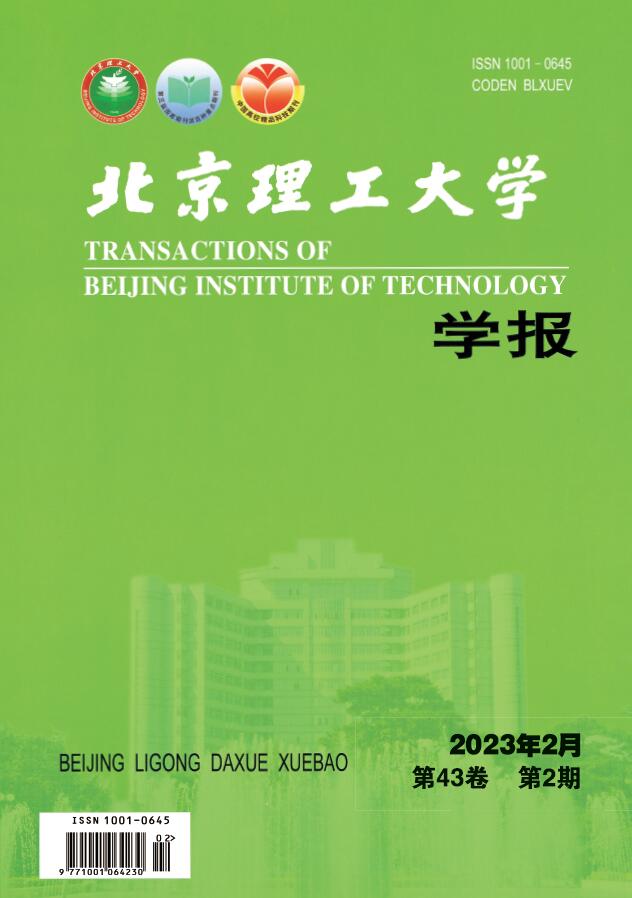2022 Vol. 42, No. 6
Display Method:
2022, 42(6): 557-566.
doi:10.15918/j.tbit1001-0645.2021.225
Abstract:
2022, 42(6): 567-577.
doi:10.15918/j.tbit1001-0645.2021.227
Abstract:
2022, 42(6): 578-587.
doi:10.15918/j.tbit1001-0645.2021.233
Abstract:
2022, 42(6): 588-595.
doi:10.15918/j.tbit1001-0645.2021.295
Abstract:
2022, 42(6): 596-603.
doi:10.15918/j.tbit1001-0645.2021.149
Abstract:
2022, 42(6): 604-611.
doi:10.15918/j.tbit1001-0645.2021.270
Abstract:
2022, 42(6): 612-619.
doi:10.15918/j.tbit1001-0645.2021.209
Abstract:
2022, 42(6): 620-628.
doi:10.15918/j.tbit1001-0645.2021.230
Abstract:
2022, 42(6): 629-633.
doi:10.15918/j.tbit1001-0645.2021.231
Abstract:
2022, 42(6): 634-640.
doi:10.15918/j.tbit1001-0645.2021.118
Abstract:
2022, 42(6): 641-648.
doi:10.15918/j.tbit1001-0645.2021.124
Abstract:
2022, 42(6): 649-657.
doi:10.15918/j.tbit1001-0645.2021.171
Abstract:
2022, 42(6): 658-664.
doi:10.15918/j.tbit1001-0645.2021.139
Abstract:


